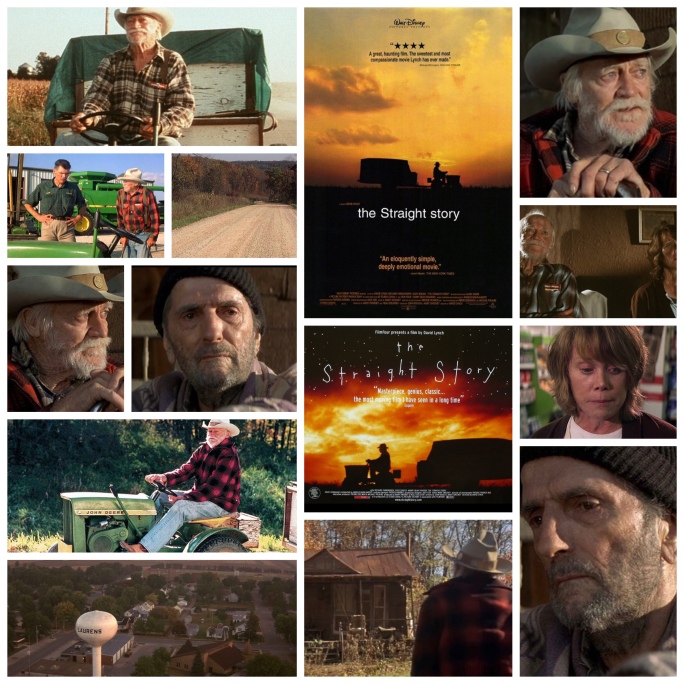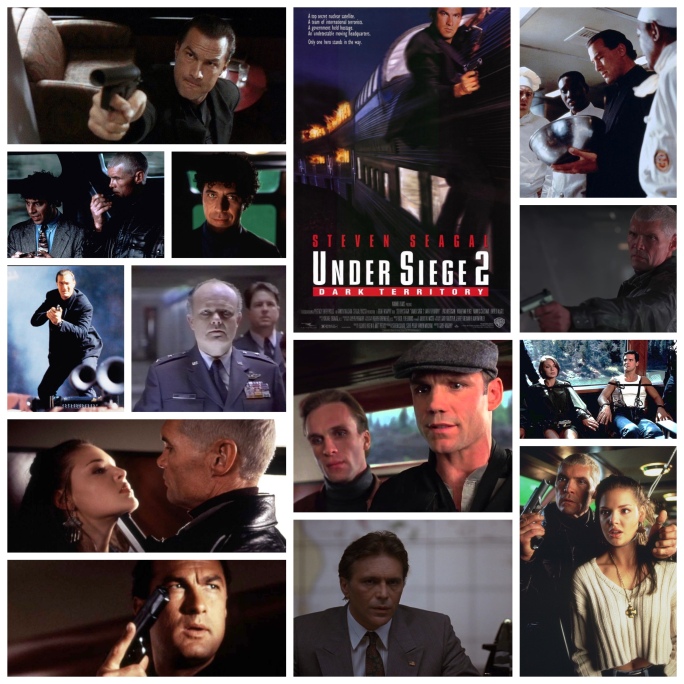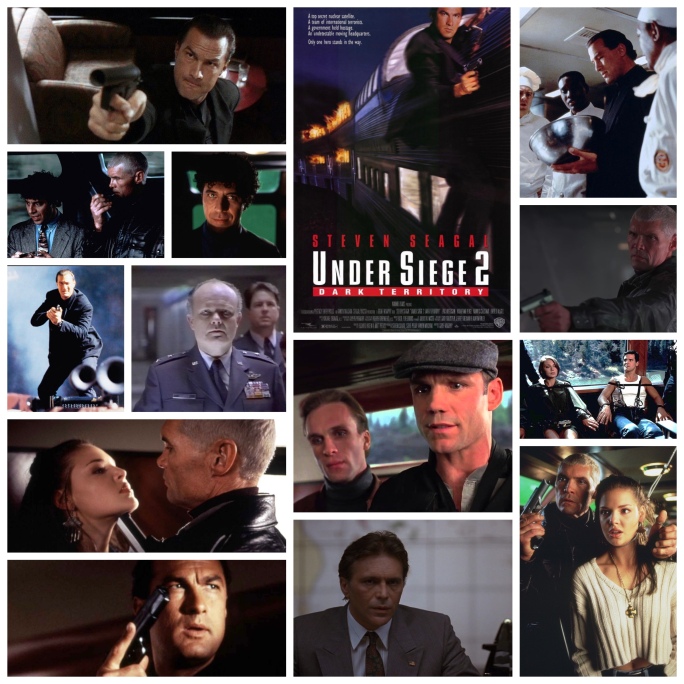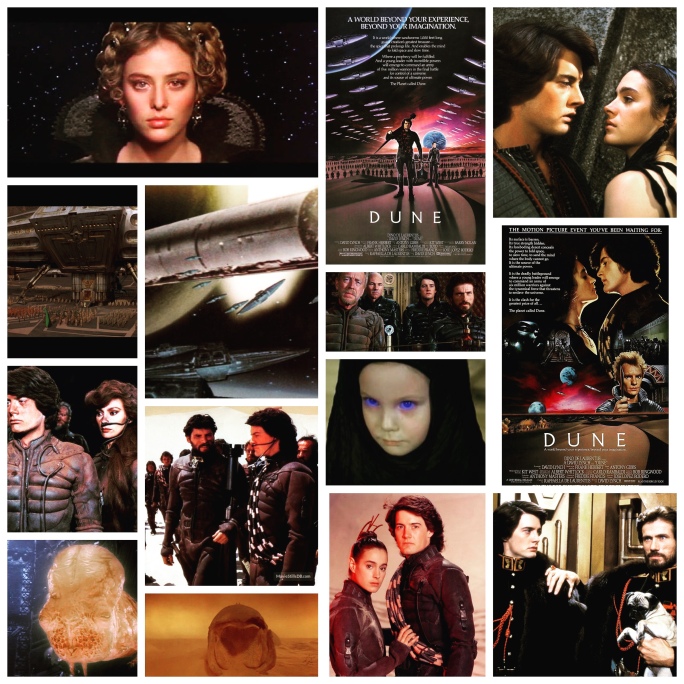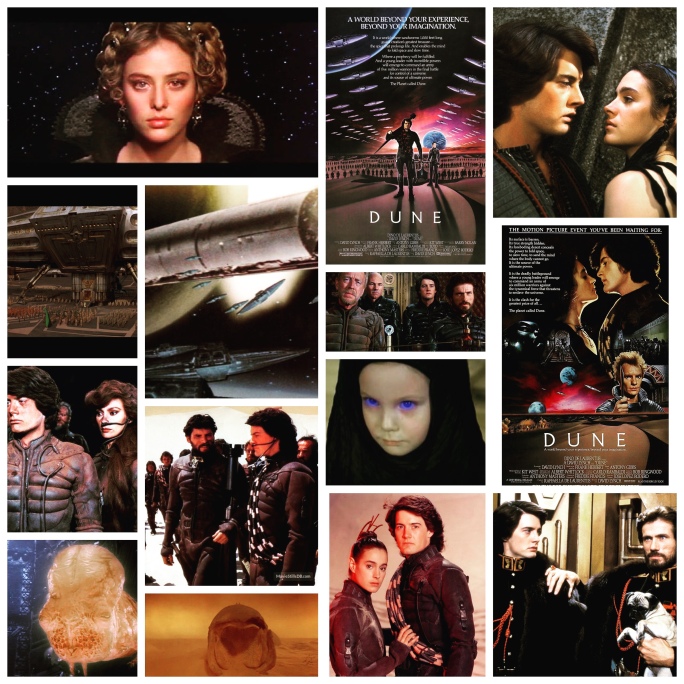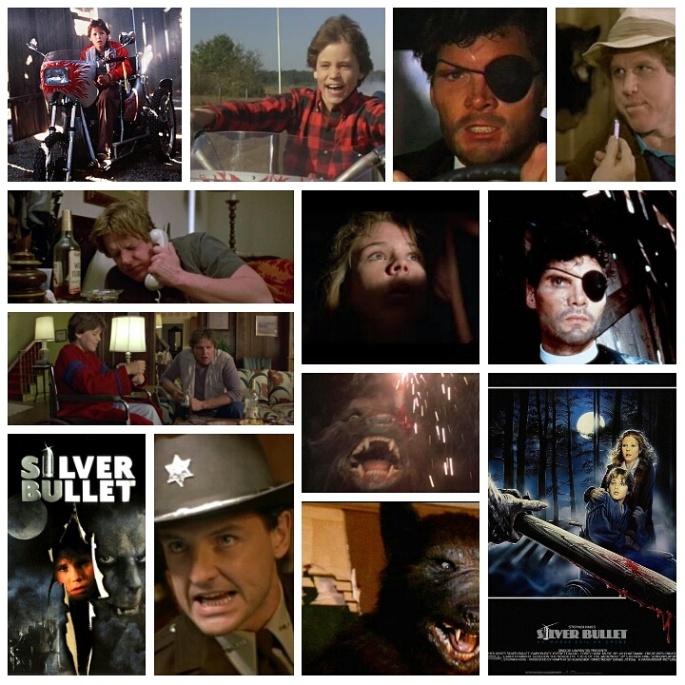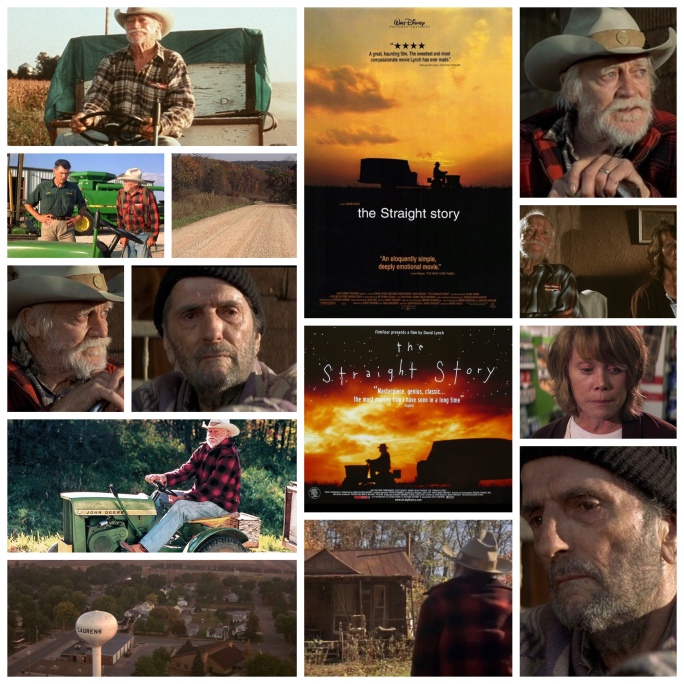
Nothing says determination like driving a John Deere ride-on lawnmower nearly three hundred miles across two states to visit a loved one who is sick. David Lynch’s The Straight Story tells the tale of Alvin Straight (Richard Farnsworth), a man in his 80’s with failing eyesight and bad hips who can’t drive and therefore takes it upon himself to trawl his trusty mower, trailer in tow, across Iowa into Wisconsin to see his estranged brother (Harry Dean Stanton) who has had a massive stroke. It’s an unbelievable story but it really happened, and what’s more amazing and gives it authenticity you can’t fake is that Farnsworth, ever a trooper, was suffering from bone cancer throughout the shoot and champed it out anyways.
Straight, a WWII veteran with a tragic past, lives the quiet life with his daughter (Sissy Spacek) in a sleepy farming town until news of his brother Lyle’s condition reaches him. After buying a new mower from the local Deere dealer (a welcome cameo from Lynch regular Everett ‘Big Ed’ McGill) he sets out on a deeply personal solo voyage across hills, valleys, mountains, wheat fields, tree lined country roads and backwood fields. He meets and has poignant, clear eyed interaction with many folk along the way including a fellow vet, a pregnant teenage girl and a woman who can’t stop ploughing through deer on the interstate, which provides Lynch with the one sneaky opportunity to inject some of his trademark lunacy into the only Disney film he ever made.
There’s something so simple and so essential about both Alvin’s story and Lynch and Farnsworth’s methods of telling it to us. Even as the film opens we get a hazy aerial shot of golden fields in the evening sun and hear Angelo Badalamenti’s achingly beautiful, quietly reverent original score and a mood is set like no other. Everyone is decent and kind in this film, yet Lynch makes it very apparent that mistakes have been made and no one is perfect in their lives. Straight is just like his name, an open hearted fellow who has nothing left to withhold. He admits to losing years to alcohol, making mistakes in the war and falling out heavily with his brother years before. It’s a personal quest for him, and we get the sense that he won’t let anyone else drive him there out of sheer dedication to this final odyssey that will take him to his twilight years. It’s Lynch’s most benign film, but in no way is it dumbed down, sugar coated or blunted of an edge. The filmmaker has always been about truth wrapped in beauty, and all the desire to explore human nature is still on display here, only given a gentler, more elegiac touch. A masterpiece.
-Nate Hill
